When we mention France, we immediately think of Paris. But, apart from this world-famous city, there are other less-known charming cities and places in France. The beauty of the country lies precisely in the unique characteristics of each region which make them diametrically different from each other although they belong to the same country.
Check out these amazing hotel deals!
- Save up to 30% on your hotel in Hawaii!
- Last-minute holiday hotel deals
- Top hotel deals for a new year trip
- Visiting Paris? Find the Best Deals & Reviews at TripAdvisor.
- Save 30% on hotels in Ocean City, Maryland...a TripAdvisor Top 10 Summer Destination!
- Save up to 30% on your hotel on your Winter Vacation!
- Find top-rated hotels at the lowest prices on TripAdvisor. Check rates now!
- Save up to 30% on hotels for a romantic getaway!!
Just think of the picturesque medieval villages and the lively holiday resorts of the Côte d’Azur; the poignant landscape of the Normandy coast and the luxuriant Mediterranean coast; the lavender fields of Provence and the “almost German” atmosphere of Alsace. There’s just so much beauty in one country that it’s a pity not to mention all of them. To praise them all, we’ve compiled a list of the 10 most beautiful cities in France. Let’s check them out!
10. Avignon
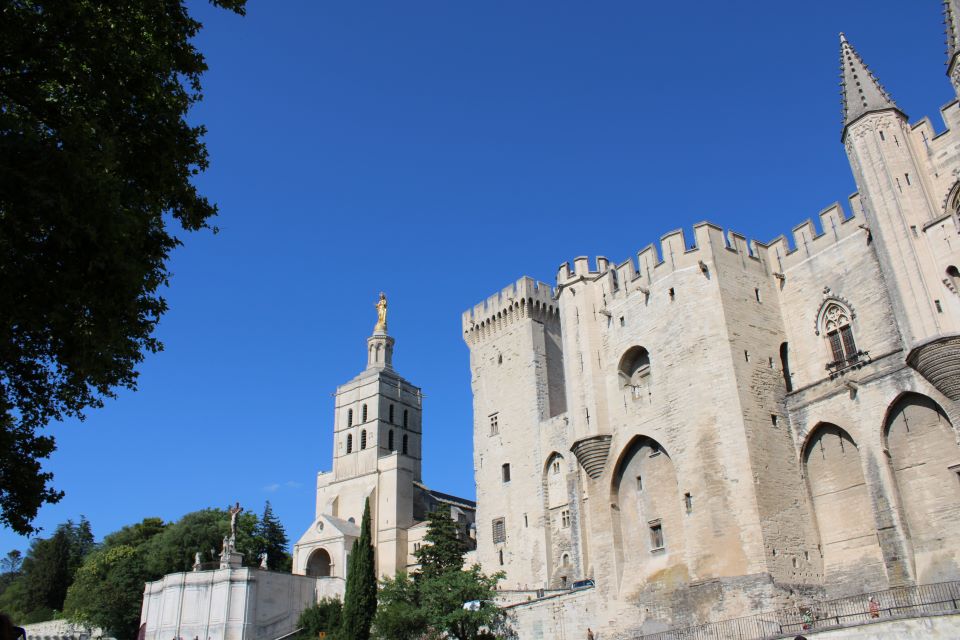
A city in southern France, in the prefecture of Vaucluse district of which it’s the capital, Avignon is part of the administrative region of Provence-Alpes-Côte d’Azur and overlooks the left bank of the Rhone.
From 1309 to 1377, Avignon was the seat of the Catholic Popes and remained under their dominion until 1791, when it became part of France. As evidence of this past remains the imposing Palazzo dei Papi in the city center, surrounded by medieval stone fortifications.
Apart from history, Avignon is also a capital of French wine, to be precise the Cotes du Rhone. Actually, there’s an absolutely unmissable and super scenographic tour of the vineyards, which takes you to Gigondas, Seguret, and Châteauneuf-du-Pape in a half-day to learn about grape varieties and taste some fantastic wines.
Moreover, the city is competing with nearby Arles for the primacy of the gastronomic capital of Provence. The territory around Avignon is an immense luxuriant garden of vegetables, legumes, and fruit, i.e. the main ingredients of the local dishes ratatouille, bohemienne, and tian. Typical Avignonesi is also the daube avignonnaise, a leg of veal marinated in white wine with local herbs and the berlinguette, hard-boiled eggs with anchovy pie.
Best period: April to October, the mildest months. In the last 3 weeks of July, the Avignon Festival takes place, the most important theatrical event in France. From 15 August to 28 September, the 3D show ” Les Luminessences di Avignon ” is projected on the walls of the Palace of the Popes.
Main attractions: Palace of the Popes, Saint Benezet bridge, Saint Ruf Abbey, Angladon museum
9. Rouen
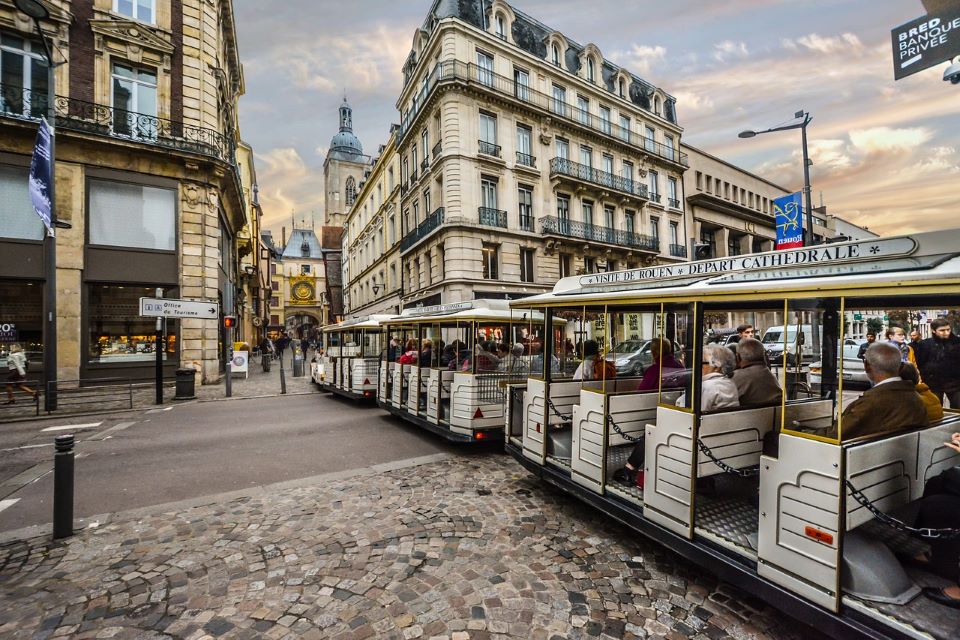
Capital of Normandy in northern France, Rouen is a port city on the Seine. Important center in the Roman period and the Middle Ages, it’s famous for being the city where Joan of Arc was killed. Moreover, Rouen is also known as the “city of a hundred bell towers” because it hosts numerous churches, especially Gothic, such as Saint-Maclou and Saint-Quen.
The historic center is pedestrianized and paved, overlooked by the characteristic medieval half-timbered houses, in wood and masonry. Absolutely recommended is a guided walking tour with a local guide who will show you the secrets and musts of the city.
The skyline of the city is dominated by the spires of the Notre Dame Cathedral, which is famous for being immortalized by Claude Monet in a series of paintings.
Rouen was built on the Seine, which divides it in two: on the right side is the ancient part with the historic center and on the left is the modern and industrial part. The Seine is navigable and is itself an attraction.
Best period: From June to September, the hottest and least rainy months. In January, there is a movie festival that promotes movies from Africa, the Caribbean, and the Pacific; in May, it hosts the Wings for Life, a foot race that takes place simultaneously in several countries; and in June, every five years, the Great Armada takes place, a gathering of giant yachts and warships.
Main attractions: Notre-Dame cathedral, Place Saint Marc market, Tournelles museum
8. Menton
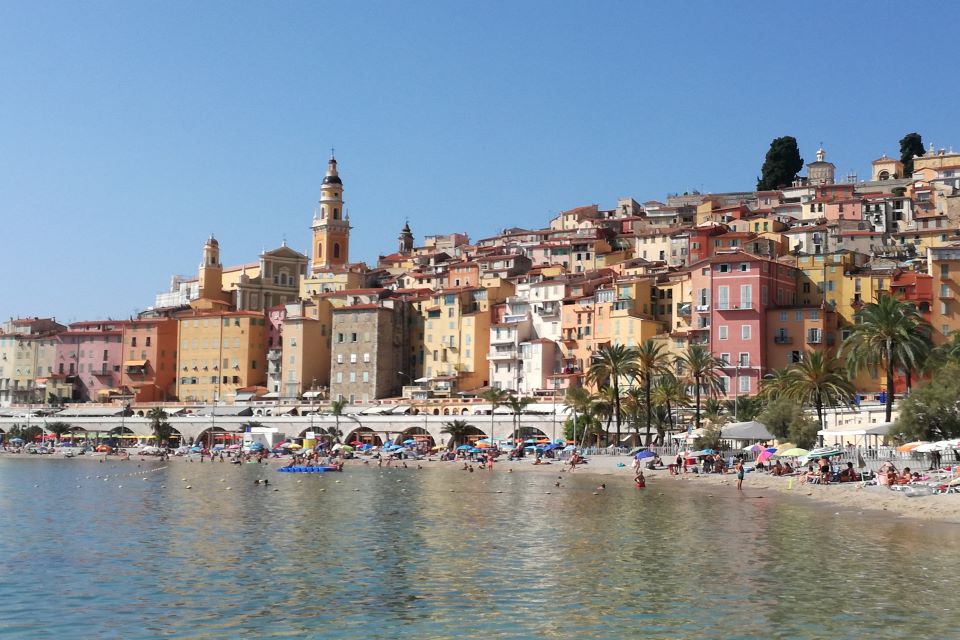
A short distance from the Italian border, Menton is one of the most visited destinations on the Côte d’Azur. Rich in the sunshine, it enjoys a mild climate which gives its land unparalleled fertility.
A city full of gardens, some classified as historical monuments or remarkable gardens, Menton is covered with magnificent Mediterranean vegetation where all kinds of semi-tropical plants flourish, including the lemon, a symbol of Menton par excellence.
It may be due to the perennially mild climate or the “hybrid” geographical position, but here you can breathe a Ligurian-Provençal atmosphere. The tall houses in pastel tones, peeling from the salt and decorated with trompe l’oeil motifs, the narrow alleys, lavender, oil, and soaps. Perfect for the classic summer holiday by the sea, Menton can be pleasantly visited all year round.
Best time: Mild and pleasant climate all year round. Highly recommended in February, during the Carnival period, the lively and colorful “Festa dei Limoni”.
Main attractions: Old town, Bioves gardens, Halles Municipales, Russian church, Jean Cocteau museum
7. Strasbourg
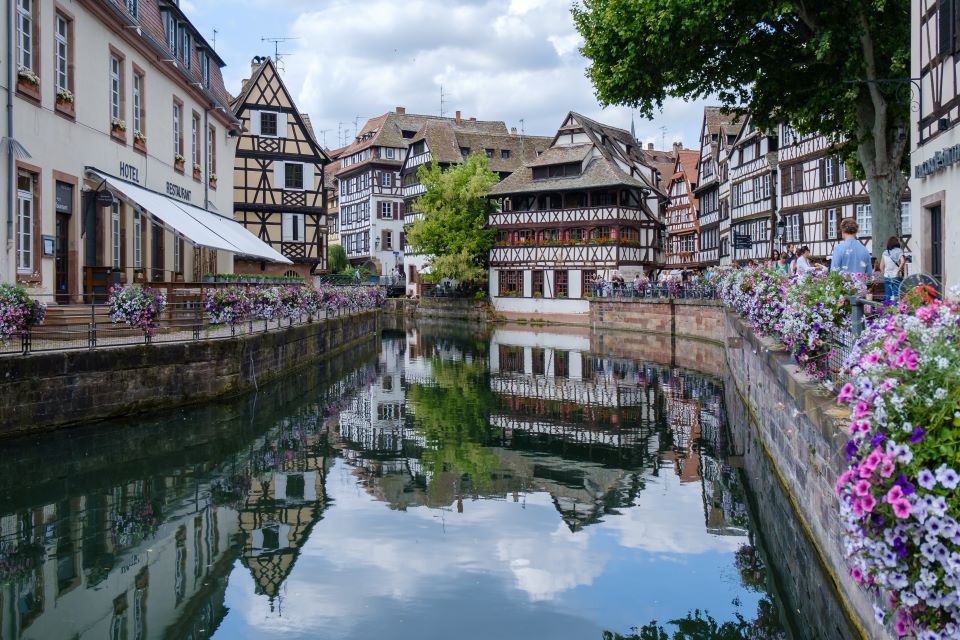
The capital of the Alsace region in northeastern France is home to 3 important institutions: the European Parliament, the Court of Human Rights, and the Council of Europe.
Its location on the German border makes Strasbourg a city prone to the double French and German influence, a very evident mixture in several aspects: culture, architecture, and gastronomy. The symbol of the city is the astronomical clock of the gothic Notre Dame cathedral which offers small shows every day. From the cathedral, you can enjoy a wide panoramic view of the Rhine river, although, unfortunately, it’s not possible to climb to the highest point of the church, at 142 m.
A special feature of Strasbourg is that it’s the only city built entirely on the water of the Rhine. So, a boat ride is the best way to discover this city from an unusual perspective. If you plan to stay more than a few days, we recommend you buy the Strasbourg City Pass with a boat tour included.
Best period: From May to September, the mildest months even if the rain is not to be excluded. Since 1982, the Music Festival has been held between September and October, during which the most significant works of the 20th century are presented.
Main attractions: Notre-Dame cathedral, Petit France, Rohan palace museums, Strasbourg opera museum.
6. Marseille
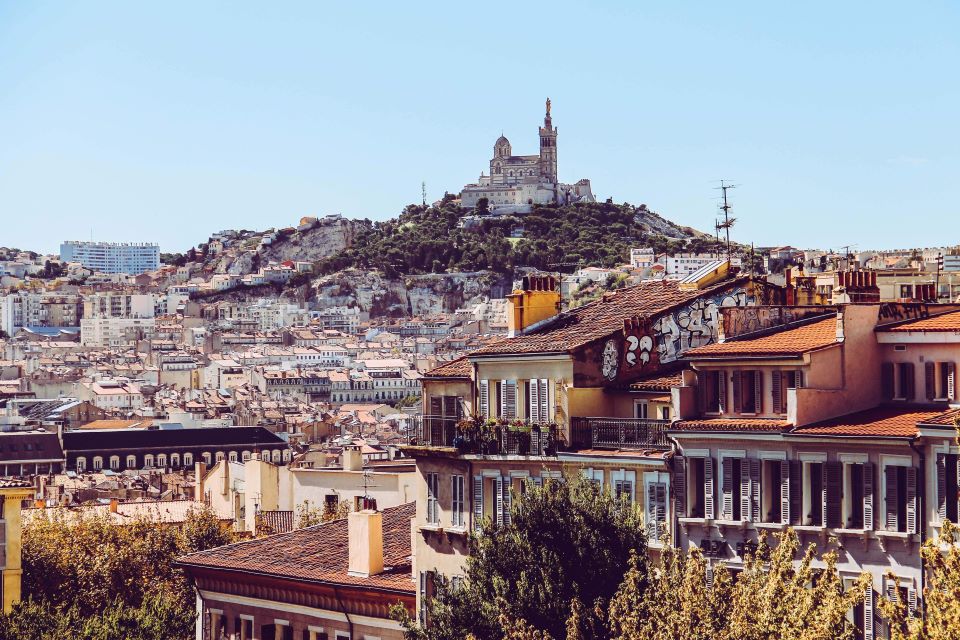
A maritime city in the south of France, Marseille has been a crossroads of migration and trade for centuries, since its foundation by the Greeks in 600 BC. This traffic finds tangible proof in today’s multiculturalism of the city itself.
Capital of the Provence-Alpes-Côte d’Azur region and the Bouches-du-Rhône district, Marseille is the largest city in southern France and the first port in France, fourth in the Mediterranean, and at the European level.
The heart of the center is the Vieux Port, where fishmongers sell fresh fish along the crowded boat docks. The basilica of Notre Dame de la Garde dominates from above and is distinguished by its Romanesque-Byzantine style architecture. Among churches, forts, and characteristic neighborhoods such as Le Panier, more modern buildings stand out: from the MUCEM museum to Le Corbusier’s Cité Radieuse to Zaha Hadid’s CMA CGM Tower.
Best time: Enjoyable all year round. However, from May to September you can also enjoy life at sea. Between the end of June and the beginning of July, lavender can be seen in bloom both in Marseille and throughout Provence.
Main attractions: Notre Dame de la Garde basilica, Vieux Port, Calanques, Le Panier, Château d’If
5. Toulouse
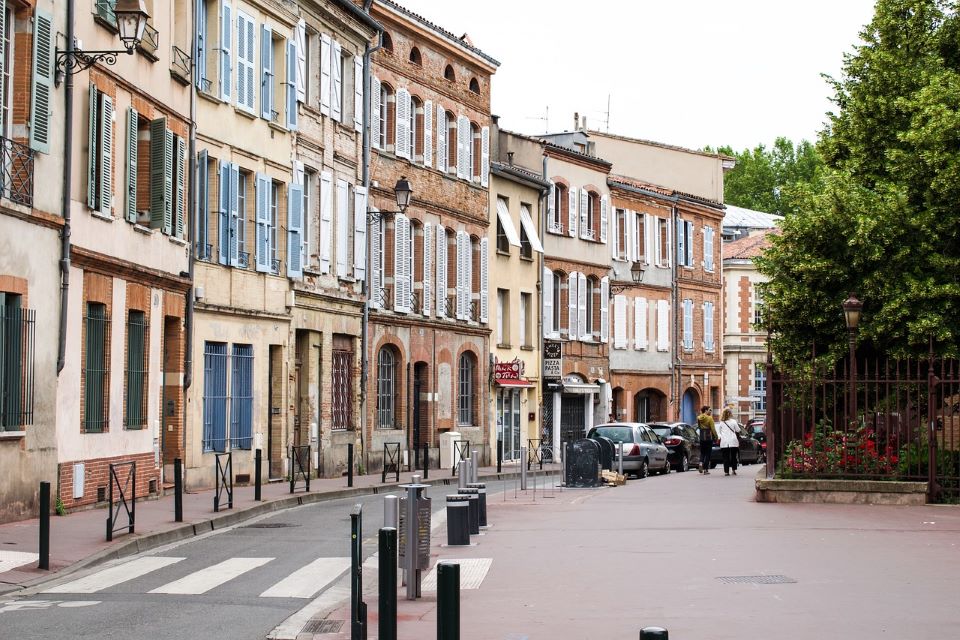
The capital of the Languedoc-Roussillon-Midi-Pyrénées region in Southern France, Toulouse, is crossed by the Garonne River and is close to the Spanish border. The city is also known as “La Ville Rose” (The Pink City) for the terracotta bricks used in the construction of many of its buildings. But Toulouse is also known as the “City of violets” due to the massive presence of this flower in the countryside and its use in cooking, pastry, and perfumery.
The symbol of Toulouse is the Canal du Midi, an example of 17th-century engineering, which connects the Garonne to the Mediterranean. UNESCO heritage since 1996, it can be traveled by boat, bicycle, or on foot.
The city also hosts specific attractions such as the Japanese garden and various interactive space-themed museums since the city is the most important aerospace center in Europe where Airbuses are produced.
Best time: From May to October the temperatures are warm and it rains little. From the end of November to after Christmas, a traditional market with magnificent wooden houses is set up in the large Capitole square; on 14 July (national holiday) various evening events are organized such as the concert in the Prairie des Filtres area and the fireworks display from the barges moored on the Garonne.
Main attractions: Piazza del Campidoglio, Saint Sernin basilica, the Jacobin and Augustinian convents, Les Abattoirs Museum
4. Bordeaux
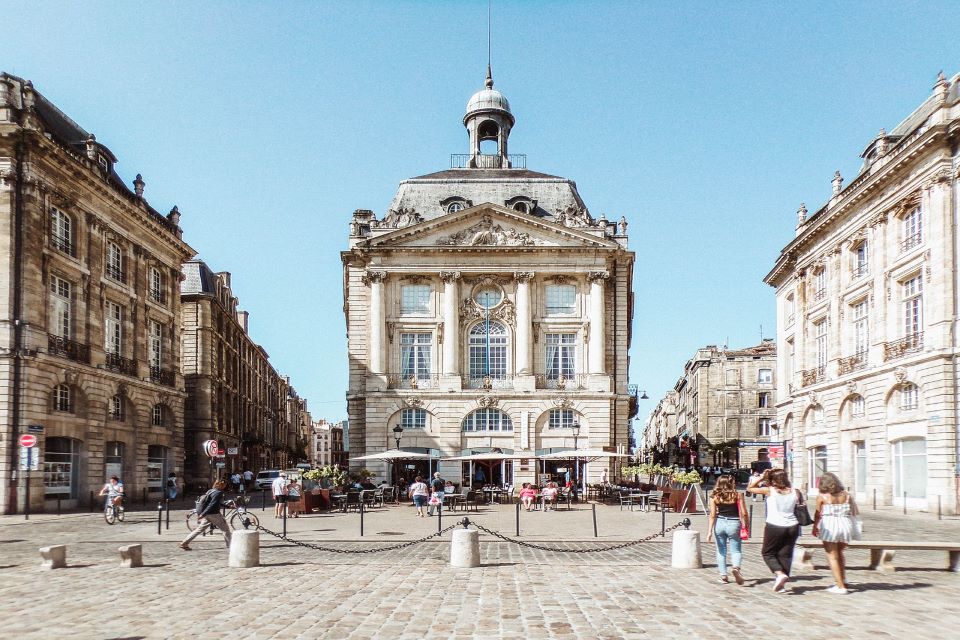
At the heart of the famous wine region, this port city lies on the banks of the Garonne River in southwestern France. The metropolitan area is the 6th most populous in the country with 1,178,225 inhabitants. The city is part of Gascony and is known throughout the world for the homonymous wine, Bordeaux. There are numerous wine-related activities and the Cité du Vin is a must-visit place where you can taste the best wines of the region.
In addition to vintage wines, Bordeaux and its surroundings offer many other attractions, such as historical sites, walks along the Sainte-Catherine street, surfing, and the remarkable art museums. In 2007, UNESCO defined the historic center of the city as a World Heritage Site for 347 buildings in total! Don’t miss the Gothic cathedral of Saint André, the 18th and 19th-century villas, the gardens that line the quays on the bends of the river, and the large piazza della Borsa with the fountain of the Three Graces in the center.
Best time: From May to October. The summer is preferred for climate and temperatures, whereas September and October because of the harvest period and the interesting tours + tastings available. Every 2 years, in June, the “Bordeaux fête le Vin” is celebrated.
Main attractions: Miroir d’Eau in Bordeaux, CAPC, Cap Ferret, the vineyards of the Médoc, dune of Pilat, Cité du Vin.
3. Nice
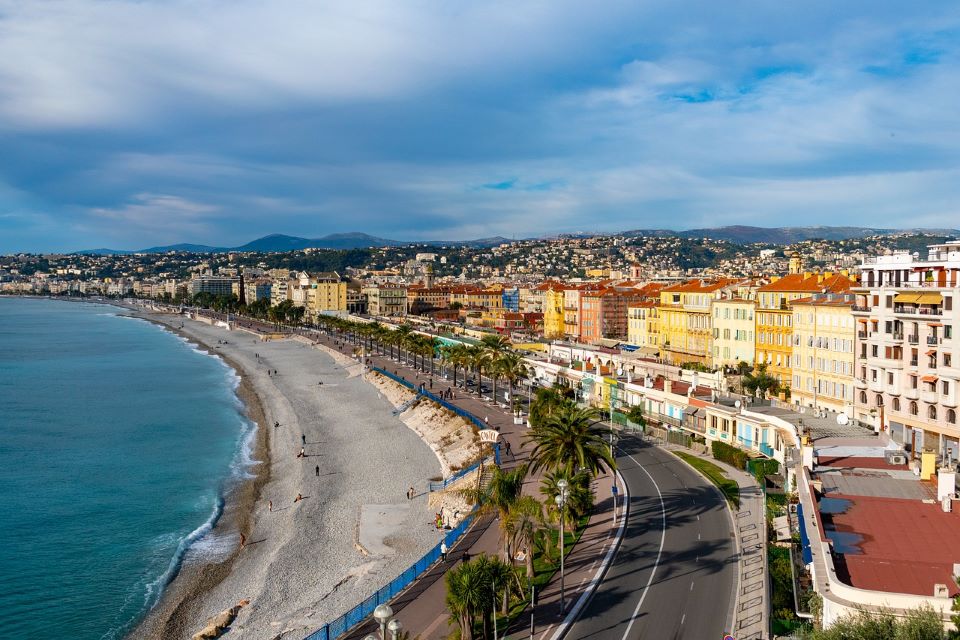
Capital of the Alpes-Maritimes department, Nice sits on the pebble beaches of the Bay of Angels, on the French Riviera. Founded by the Greeks and often visited by the European elite during the 19th century, the city has always been a meeting place for artists. One of them is Henri Matisse, whose career is retraced by the collection of paintings in the Musée Matisse dedicated to him. There is also Marc Chagall whose most important religious paintings are showcased in Musée Marc Chagall.
Nice is a city with a strong tourist vocation: it has the second-largest hotel capacity in France and about 4 million tourists a year.
Make sure, you don’t miss the Promenade des Anglais, the elegant promenade, a meeting and walking place for tourists and locals, overlooked by the famous Hôtel Négresco. Well-known are its blue chairs on which you can sit and enjoy the sea breeze.
Best period: Mild and pleasant climate all year round. Summer is perfect for a beach and sea vacation. Between January and February, there is the famous Nice Carnival.
Main attractions: Vieux Nice, Matisse museum, MAMAC, Promenade des Anglais, Russian Orthodox church.
2. Lyon
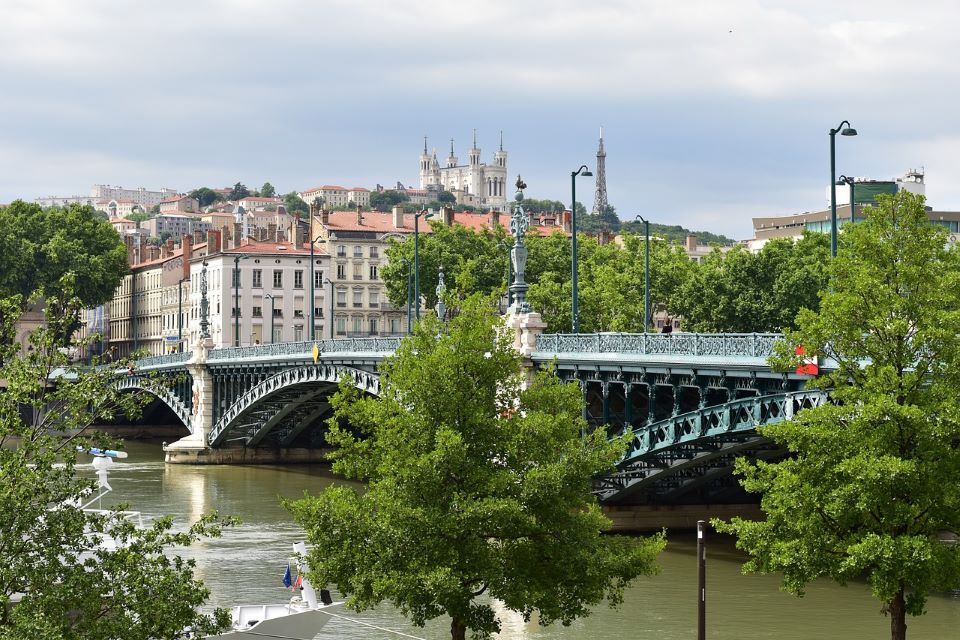
World Heritage Site, Lyon, in the Rhône Valley, is famous for the Festival of Lights, fine wines, and French cuisine. Its size makes it one of the largest metropolises in the country, but still pleasant and liveable.
Enchanting is the la Vieux Lyon, at the foot of the Fourvière hill on the bank of the Saône: a very charming medieval area to explore on foot. Getting lost in the cobbled alleys is truly suggestive and there is a lot to see, from the Cathedral of Saint-Jean to the traboules, a maze of “secret” passages that connect different buildings to each other, to the many museums that can be visited in this area.
Also, don’t miss Bellecour, the largest square in Europe, park of the Golden Head which with its 117 hectares is one of the largest urban parks in France, and an evening in the lively Saint-Jean district. And, last, a lunch break in a Bouchon, one of the characteristic bistros in the city, is recommended.
Best period: From spring to early autumn, the climate is pleasant. The famous Festival of Lights takes place on the first weekend of December and has been held every year since 1634.
Main attractions: Place Bellecour, Vieux Lyon, Fourviere Hill, Croix-Rousse, Museum of Fine Arts and Villa Lumiere.
1. Paris
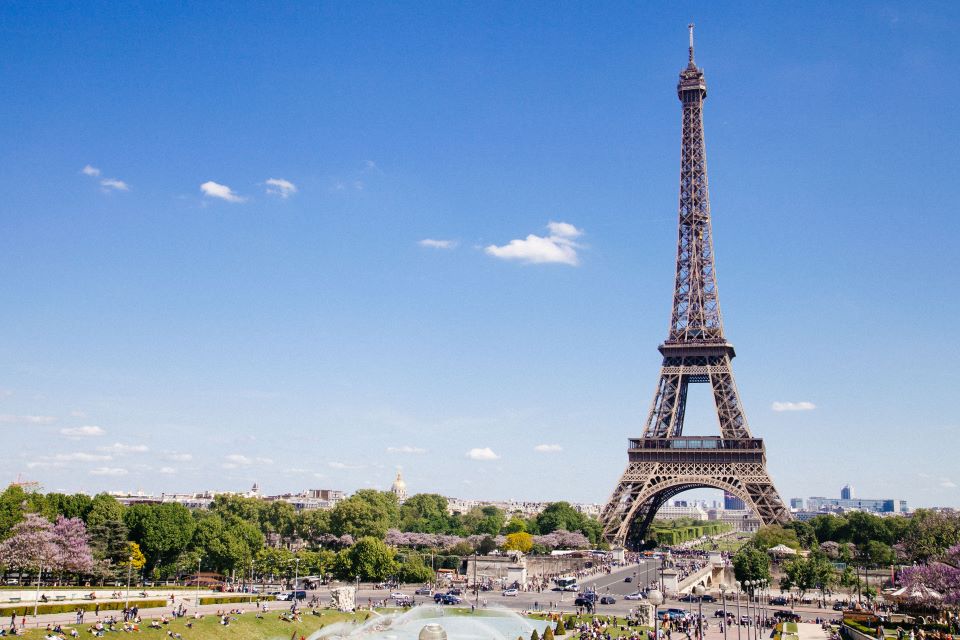
It may be trivial, but it’s not possible to make a list of the 10 most beautiful cities in France without finding its capital at the top. Paris, the most romantic city in the world, is the queen of French cities and a must-visit in the county.
World center of art, fashion, gastronomy, and culture, a whole week wouldn’t be enough to visit Paris, just like an article isn’t enough just to talk about it. It’s undoubtedly an extremely versatile city with a thousand faces.
There are various types of activities you can experience, such as a cruise on the Seine or a visit to the Eiffel Tower, that it’s impossible to leave someone unsatisfied. The perfect city for anyone: from families with kids, who will surely dedicate a day to Disneyland Paris, to romantic couples who choose the city of love for their fateful marriage proposal.
The urban architecture dates back to the 19th century and is characterized by wide boulevards, the Seine, and symbolic monuments such as the Eiffel Tower, characteristic neighborhoods (Latino, Montmartre, Belleville), manicured gardens, and a riot of extremely famous museums.
In addition to the attractions, the beauty of Paris is to experience its atmosphere: the city is renowned for its traditional cafes, characteristic bistros, and high fashion shops.
Best period: Generally all year round, with the period from May to September is the hottest period. On 21 June, the Music Festival takes place, at the end of January is the circus art festival Mondial du Cirque de Demain, and in mid-October is the Grape Harvest Festival on the western slope of Montmartre.
Main attractions: Notre-Dame, Champs-Élysées, Montmartre, Eiffel tower, Louvre.
Check out these amazing hotel deals!
- Save up to 30% on your hotel in Hawaii!
- Last-minute holiday hotel deals
- Top hotel deals for a new year trip
- Visiting Paris? Find the Best Deals & Reviews at TripAdvisor.
- Save 30% on hotels in Ocean City, Maryland...a TripAdvisor Top 10 Summer Destination!
- Save up to 30% on your hotel on your Winter Vacation!
- Find top-rated hotels at the lowest prices on TripAdvisor. Check rates now!
- Save up to 30% on hotels for a romantic getaway!!
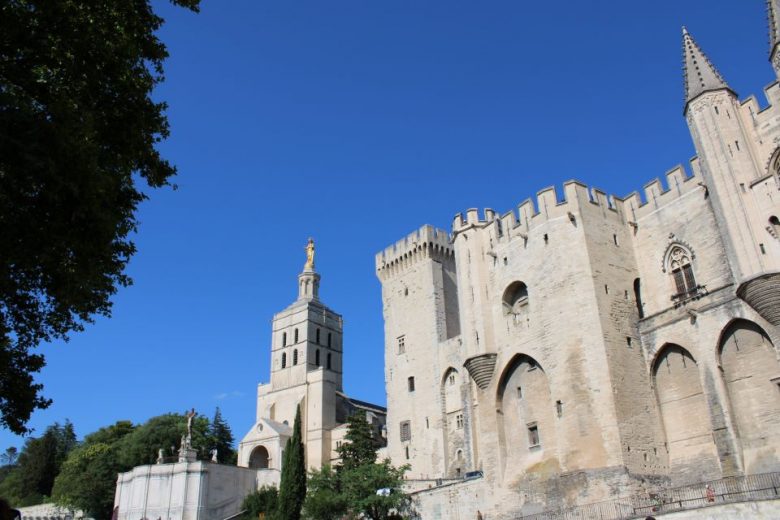





Find Us on Socials